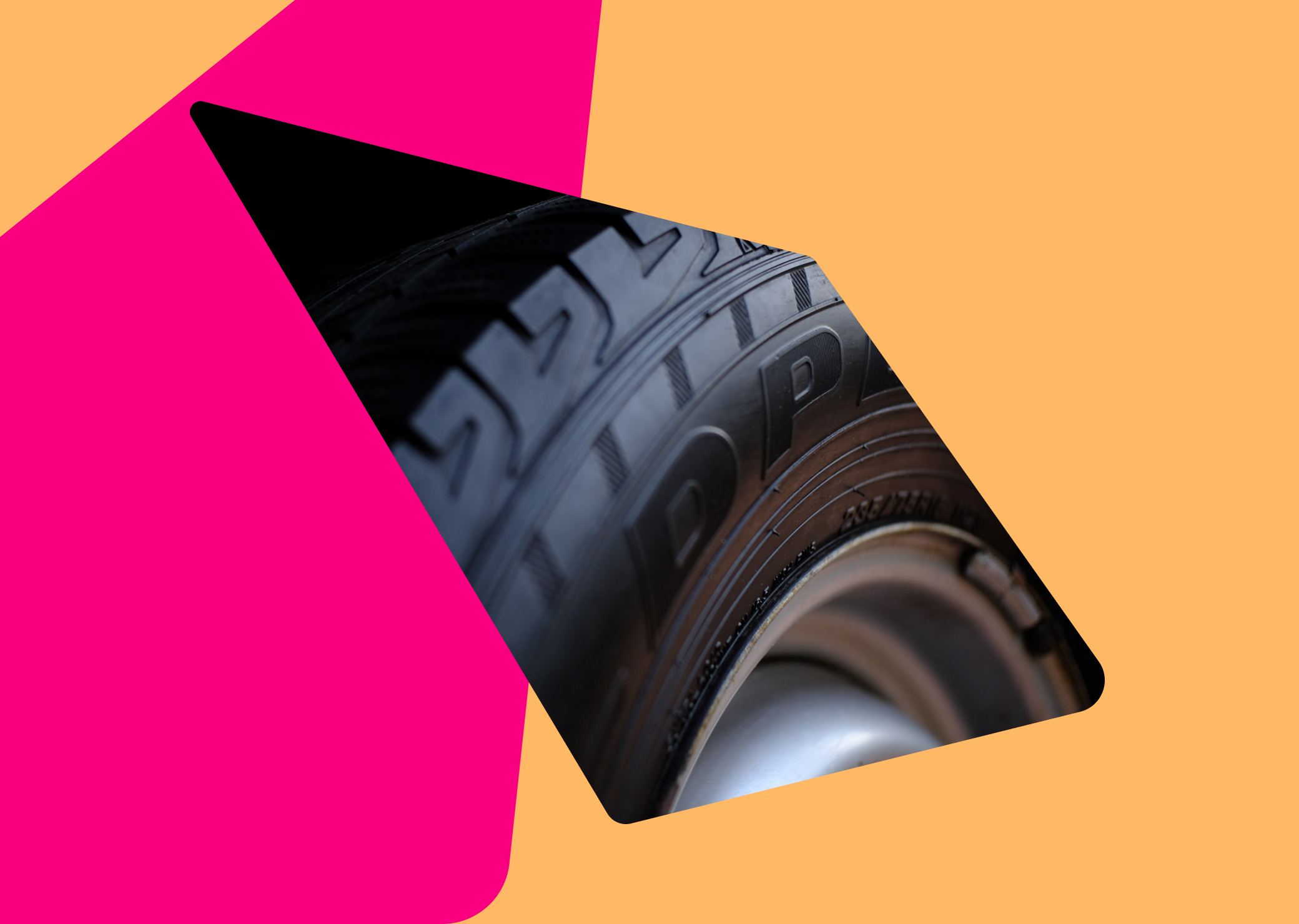- Carmoola
- Blog
- Car Maintenance
- When Do You Need to Change the Tyres on Your Car?
- 🗞 Car Maintenance
- Last updated: Jan 28, 2022
- 5 Min Read
When Do You Need to Change the Tyres on Your Car?
Written by

Verified by


See how much you can borrow in 60 seconds
| Representative Example | |
|---|---|
| Loan amount | £10,000 |
| Interest rate | 13.9% APR |
| 54 payments of | £246 |
| Total cost of credit | £3,284 |
| Option to purchase fee | £1 |
| Total payable | £13,285 |
Tyres are as equally important as the car’s engine and all the parts that get the vehicle moving. Without good tyres, your car won’t drive at its optimal performance and your safety is also at risk. This guide will highlight the importance of investing in top-notch tyres and gain valuable insights on when it's time to consider a tyre change. Don't compromise on quality or jeopardise your driving experience – equip your car with the right tires for a smooth and secure journey!
Why Do I Need to Take Care of My Tyres?
Regular maintenance helps prolong their lifespan, sparing you from frequent replacements. This could save you some bucks in the long run by taking good care of your car tyres. Monthly checks to remember:
- Tyre pressures, especially before long trips 🛞
- Tyre tread depths! The typical vehicle legal limit is 1.6mm To measure tread depth, you can use a tread depth gauge or the "penny test" by inserting a 20p coin into the tread grooves 🛞
- Keep an eye out for uneven wear or sidewall damage. If you're uncertain about your tyre's condition, seek advice from a specialist. They'll assess your car's rubber with precision 🛞
When Do I Need to Change the Tyres?
There are at least six major instances where you have to consider getting your tyres changed. Some situations may only require a few repairs. However, after repairing them, all tyres must be examined carefully by a specialist to make sure you can drive your car safely again. It’s also necessary to remove the tyre so that you can check if there is any internal damage that isn’t easily visible otherwise.
Punctured Tyres
Even with today’s robust tyres, it’s wise to get your tyres checked if they are punctured. The tyre technician will be able to evaluate if the tyres can still be repaired or if you need to replace them with new ones.
What if you get a punctured tyre while driving? Stay calm and pull off the road and find a safe place where you can park. Put the parking brake on so that the car won’t move. Remember to switch off your engine and put it in “park." Turn on the hazard warning lights and place a reflective triangle about 100 metres behind your car. You may then call roadside assistance to help you out... and let your friends know you might be running a bit late 👀
Worn Down Tyres
Not sure how to check if your tyres are already worn down? You can look for small raised areas located at the bottom of the tread pattern’s grooves. The tyre is worn if the surface of the tread is already at the same level as the raised areas. Remember that the legal limit is 1.6mm. If you go beyond the limit, then you will be breaking the law and putting your safety at risk.
Aged Tyres
The life of tyres is unpredictable. Tyres can age even when you’re not driving your car frequently. A number of factors can affect the condition of the tyres, including:
- Driving style
- Speed
- Load
- Storage
- Maintenance
- Temperature
It’s best for your car if you can check your tyres regularly so you can immediately spot if there are signs of fatigue or ageing. Look for deformation or cracks as well. Cracked tyres can lead to a rupture, another safety risk.
Damaged Tyres
A tyre can be damaged if it hits a solid object while on the road. If you’ve experienced this, check your tyres for deformations or perforation cuts. Before you go on any long drives, get your tyres checked by a professional. They can tell you if it’s still possible to repair the tyres or if you need new ones.
Don’t use your damaged tyres or even those that are underinflated. They should be examined by an expert first so that they can be checked inside and out. If the specialist says the tyres are still good to use, then you’ll have peace of mind while driving.
Abnormal Wear
Sometimes, you may see that your tyres have uneven or abnormal wear. It could be found in the centre, in patches, or at the edges. This can be indicative of a mechanical problem such as a wrong wheel alignment, or issues with the transmission, suspension, or wheel balance. It’s also possible that you’ve been driving with improper tyre pressure.
If there is wear on one shoulder, the problem is suspension misalignment. For issues on both shoulders, there could be an underinflated tyre. And for wear along the centre, then the common cause is over-inflation. As soon as you see any abnormal wear, call a tyre expert immediately.
There are ways that you can avoid abnormal wear on your tyres. You can get your wheels aligned and balanced by a professional. This extends the tread life as well as provides you with a better driving experience.
You may also fit new tyres to the car’s rear axle and then move the older pair of tyres to the front axles. Doing this will allow your car to have a better grip at the rear, and the tyres will be evenly worn. It reduces the possibility of changing tyres too often, so you get to save money.
Takeaway
For your safety and for the safety of others, check your tyres regularly. If you see any signs of wear, damage, or other issues that you are not sure of, it’s best to call a tyre expert. The specialist will be able to make a thorough assessment of your tyres and recommend the best step to take, whether to repair the tyres or have them replaced.
See how much you can borrow in 60 seconds
| Representative Example | |
|---|---|
| Loan amount | £10,000 |
| Interest rate | 13.9% APR |
| 54 payments of | £246 |
| Total cost of credit | £3,284 |
| Option to purchase fee | £1 |
| Total payable | £13,285 |
Related articles
What Are the Top 5 Used Car Websites in the UK?
Thanks to the internet, searching for a used car in the UK is easier than ever before. You can simply head online, visit a used...
What Is GMFV in PCP Car Finance? Guaranteed Minimum Future Value Explained
GMFV, or Guaranteed Minimum Future Value, is the amount your lender estimates your car will be worth at the end of your PCP...
Does Financing a Car Build Your Credit?
Financing a car can build credit when you make payments on time, but it can damage your score if you miss payments or take on...

.webp?width=832&height=592&name=customer-support%20(1).webp)










.webp?width=400&height=285&name=online-shoppers-with-dog%20(1).webp)


.jpg?width=500&height=356&name=Vintage%20car%20going%20to%20an%20old%20town-1%20(1).jpg)





